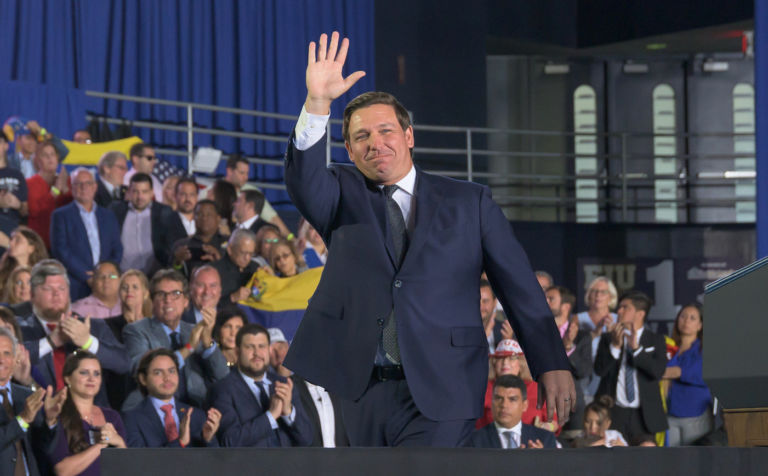JLF’s Terry Stoops released a series of research briefs this week. The briefs discuss various K-12 education proposals designed to make up for the lost educational progress caused by the Coronavirus outbreak. In his most recent brief, he makes his own suggestions for how the school system can deal with the educational aftermath of Coronavirus.
Stoops makes four key suggestions:
- Formulate a detailed plan for a recovery school year
- Increase instructional time
- Waive state testing (again)
- Expand educational options
As for formulating a plan for a recovery school year, Stoops writes:
To support instruction, N.C. Department of Public Instruction (DPI) staff should modify state standards to account for missed grade and course content. In other words, recovery standards should incorporate part of the previous grade or course standards to ensure that teachers have one document to guide them through the year.
Stoops recommends increasing instructional time within certain limitations:
State law requires schools to provide a minimum of 185 days or 1,025 hours of instruction covering at least nine calendar months. School districts have the flexibility to determine the “number of instructional hours in an instructional day.” Moreover, the number of instructional hours in the instructional day “does not have to be uniform among the schools in the administrative unit.”
…Extending the school day by an hour means that some students may not return home until 5:00 pm or later. A better plan would be to cap extensions of the school day to 30 minutes, which would not interfere with after-school activities or necessitate late afternoon drop-offs.
Waiving state testing would also require some additional planning:
[T]he time set aside to prepare for these tests during the school year and administer these tests at the end of the year would be better spent covering grade and course content.
The cancellation of state testing would necessitate a waiver from the federal government…
The U.S. Department of Education granted state testing waivers for the current 2019-20 school year. Given the circumstances, that was an easy decision. Convincing federal education officials to waive testing for the 2020-21 school year would be a much harder sell, particularly if coronavirus mitigation efforts cease and the school year proceeds uninterrupted. State education leaders should make their case for a federal waiver now.
Lastly, Stoops recommends freeing up educational options to accommodate for the unique circumstances many students may face once this is all over:
As we approach a new school year, the state should affirm its commitment to families by eliminating enrollment restrictions on charter schools (including virtual charter schools), expanding eligibility for private school scholarships, and encouraging school districts to adopt open enrollment, zoned choice, magnet school, and online education programs.
Read the full brief here. Read the previous two briefs in Stoop’s series here and here.


